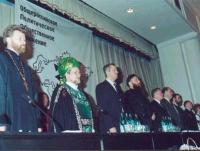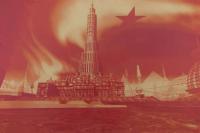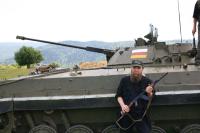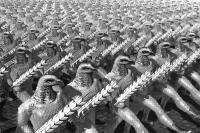The Eurasian Idea
The Eurasian Idea represents a fundamental revision of the political, ideological, ethnic, and religious history of mankind, and it offers a new system of classification and categories that will overcome standard cliches. The Eurasian theory went through two stages - a formational period of classical Eurasianism at the beginning of the XX century by Russian emigrant intellectuals (Trubeckoy, Savickiy, Alekseev, Suvchinckiy, Iljin, Bromberg, Hara-Davan etc.) followed by the historical works of Leonid Gumilev and, finally, the constitution of neo-Eurasianism (second half of 1980's to the present).







